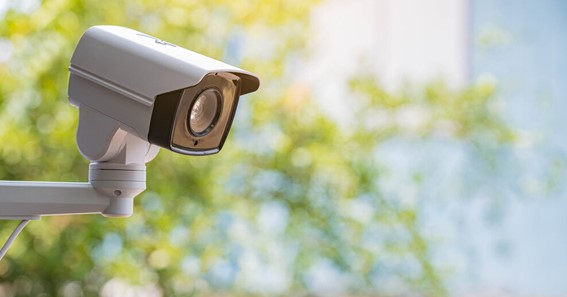Recent studies have shown that having access to recordings from surveillance cameras and security cameras has made it quite easy for police officers to investigate cases. This efficiency has led to a significant drop in crime rates in most towns. However, very few people can distinguish between surveillance cameras and security cameras.
Knowing the difference between the two can help ensure that you properly monitor the welfare and safety of your home and property. So, here is a list of several differences that Mammoth Security Systems in Berlin has put together that will help you distinguish between the two.
Purpose
When people hear the word surveillance, the first thing they think is that it is associated with CCTV. This reference isn’t always accurate. Unlike CCTV cameras, surveillance cameras capture real-time information that can be aired immediately or stored through a recording. A surveillance camera is installed in a designated area to help monitor a specific business, community, or person. On the other hand, security cameras, also referred to as CCTV cameras, are installed to prevent or deter a crime from happening. These cameras can also be used to provide safety and security in a particular area. And they can be installed in parking lots, retail stores, banks, and other businesses that need to monitor their customers.
Surveillance Camera and Security Camera Basics
Let’s take a look at the surveillance and security camera basics.
Technology
The technology used to create surveillance and security systems is also different. A security camera collects video feeds of all its connected camera systems. It then transmits the video to the receiving equipment; you will, however, require a coaxial cable to make the connection.
On the other hand, surveillance cameras make a closed-circuit system, making it relatively easy to control and monitor a particular area or property. Unlike security cameras, these cameras work on internet protocol networks, enabling them to connect the surveillance cameras from one location to another.
Applications
Surveillance cameras allow you to monitor areas where you work or live from afar. The added advantage is that you can also receive your video feed from the camera through your mobile device or the internet. However, you do need an internet connection for that to work. On the other hand, with a security camera, you can keep track of suspicious activity in your area, and hence you will need to view the feeds on-premise.
Different Types of Camera
Unlike surveillance cameras, there are only three types of security cameras available today, and they include:
Monitored: This is the most common type of security camera present in the market today. These cameras are used in places where a monitoring agent who works at your company’s security center is notified when your camera alarm is set off at your house. The monitoring agent will immediately contact the local authorities. You will also get a notification on your mobile phone.
Local Security: These are the most basic types of security cameras, as they come with loud sirens or alarms that can be heard in the surrounding area. These types of alarms rely on warning you or your neighbors of intruders so that you can call the proper authorities.
Self-Monitored: This type of security camera acts quite similar to a monitored system. The only difference is that instead of notifying your agent, you get 24/7 alerts over your mobile phone. You are also the one responsible for contacting your local authorities. And while you save an extra fee, you also run the risk of missing security alerts, especially if you are preoccupied.
Video Quality
There is also a vast difference in the video quality of a surveillance camera compared to a security camera. Most security cameras have grainy, monochromatic, and blurry footage, while surveillance cameras have very clear footage. Security cameras have blurry footage because they are more adept at shooting footage in high-contrast situations or low-light conditions, like a person wearing very dark clothes during the night. And while a surveillance camera can still generate good footage given the conditions, a security camera does more than that. It illuminates a dark area and provides more information about a particular scene.
Identifying the differences between a surveillance camera and a security camera can help you map out the right type of camera to protect your home, property, and those you love. It can also make a huge difference in using the camera you obtain. However, it’s important to note that no matter the differences between these two cameras present, your objective goal should always be to protect your family.







